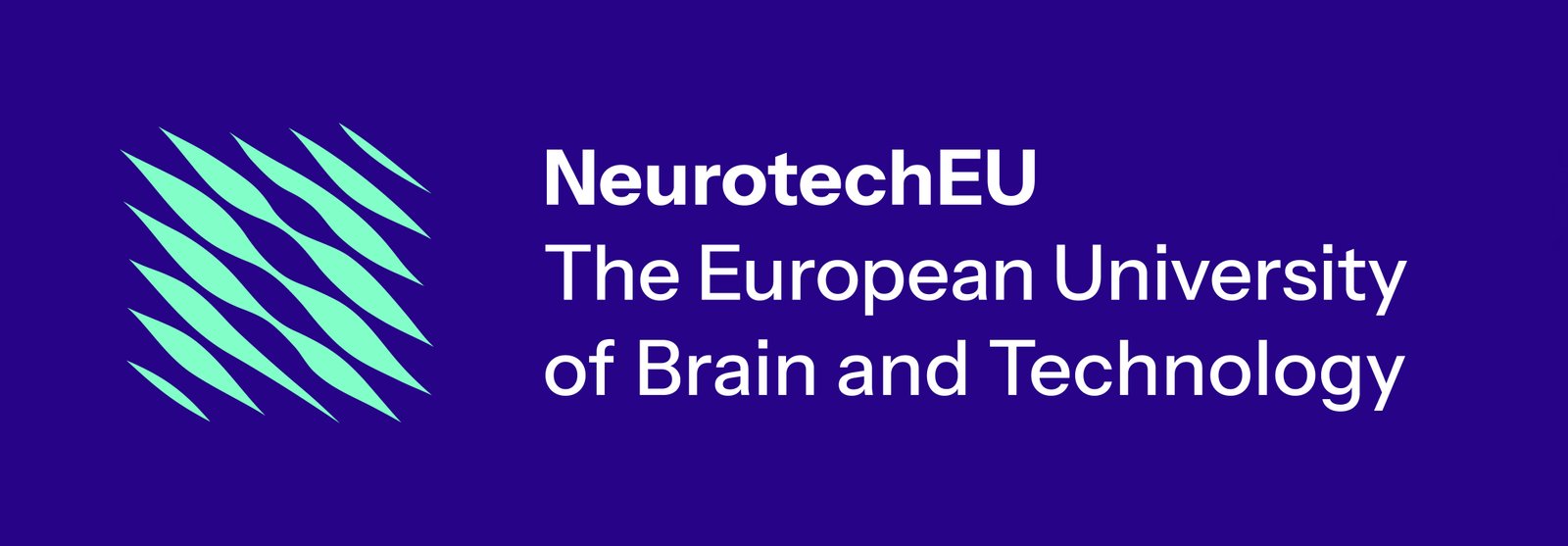NeurotechEU Dimension 3: Neuromorphic computing
The human brain is one of the most efficient computing systems we know. At NeurotechEU and its partners, researchers are unlocking the potential of neuromorphic computing by translating the brain’s complex network into innovative, energy-efficient computing infrastructures.
Neuromorphic computing relies heavily on biology and neuroscience. Neurons use chemical and electronic impulses to send information between different regions of the brain and the rest of the nervous system. When a neuron in the brain becomes active it triggers the release of chemical and electrical signals that travel via a network of synapses allowing neurons to communicate. These systems are modeled in in neuromorphic computing.
State of art facilities and science in Nijmegen
In Nijmegen, The Netherlands, Radboud University – a member of the NeurotechEU alliance - and the Donders Institute have several experts on Neuromorphic Computing. It is, for instance, a core topic investigated by the Department of Machine Learning and Neural Computing of the Donders Institute. Together with state-of-the-art facilities, this offers a wide and deep range of neuromorphic science. This is also one of the reasons students can follow classes like neuromorphic computing and neuromorphic engineering. Besides the Donders Institute, Radboud University has experts on materials who are able to translate knowledge about the brain into new materials, which are necessary for future computers. The collaboration of the Donders Institute within NeurotechEU positions the Alliance on track for the progress of neuromorphic computing.
Designing chips in Lille
At the University of Lille, also a member of NeurotechEU, researchers are developing innovative tools to design neuromorphic chips, specialized computer systems inspired by how the brain works. Professor Pierre Boulet explains, “We take simple mechanisms from the brain, like neurons and synapses, and replicate them on chips to create energy-efficient computing systems.” Using components, like the basic device of the circuits formed by the union of two layers of titanium and a semiconductor which is sandwiched between two electrodes called a memristor, which mimics the function of a synapse, his team is designing circuits that process information in spike-based formats, much like the brain does. These chips are ideal for low-power applications such as artificial retinas (thin layers of the eye are important in vision) and cochleas (part of the inner ear responsible for hearing), paving the way for smarter, more efficient technologies.
Examples of applications
Other examples of applications of this research are processors in smartphones which enable features like real-time language translation and better voice recognition. Deep learning applications; next-generation semiconductors; transistors; accelerators; and autonomous systems, such as robotics, drones, self-driving cars and artificial intelligence (AI).
8 Dimensions of NeurotechEU
The eight dimensions of NeurotechEU cover a wide range of topics, from advancing research and treatments to addressing ethical questions related to how technology interacts with the brain, with the objective of creating a bridge between several disciplines. These dimensions aim to tackle what the Alliance identifies as “neurochallenges” – issues that require multidisciplinary approaches at the intersection of neuroscience and neurotechnology.
- Empirical and clinical neuroscience: Investigating brain function and developing treatments for neurological disorders.
- Theoretical Neuroscience: Using computational models to explain and predict brain activity.
- Neuromorphic Computing: Designing computer systems inspired by the brain to enhance efficiency.
- Neuromorphic Control and Neurorobotics: Creating robots capable of adapting and moving like living beings.
- Neuroinformatics: Building tools to manage and analyze large-scale brain data.
- Neuroprosthetics: Developing devices to interface with the brain, restoring or augmenting its functions.
- Clinical Neurotechnology: Applying digital systems for real-time monitoring and treatment of brain conditions.
- Neurometaphysics: Exploring ethical, legal, and philosophical issues surrounding the use of neurotechnology.

